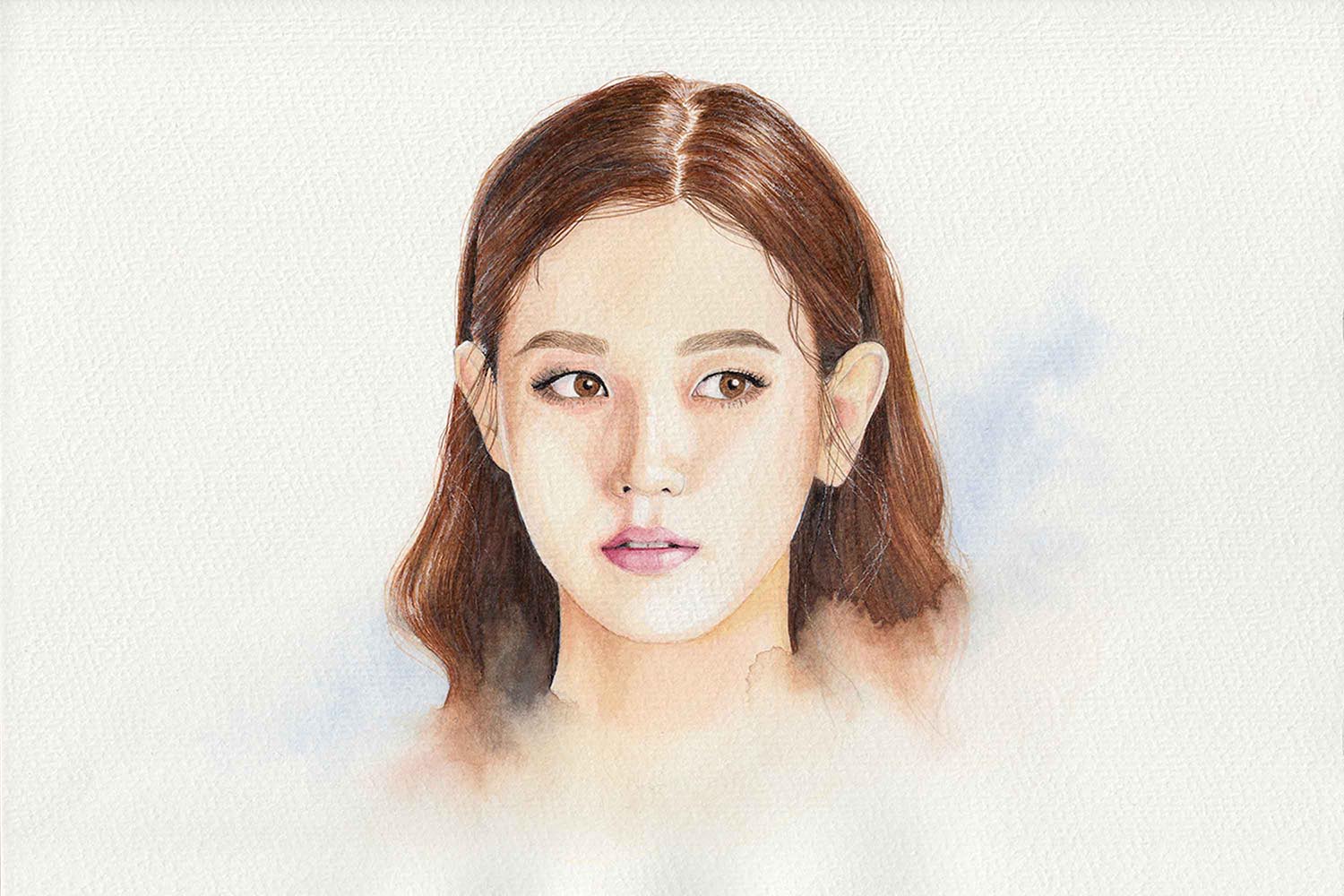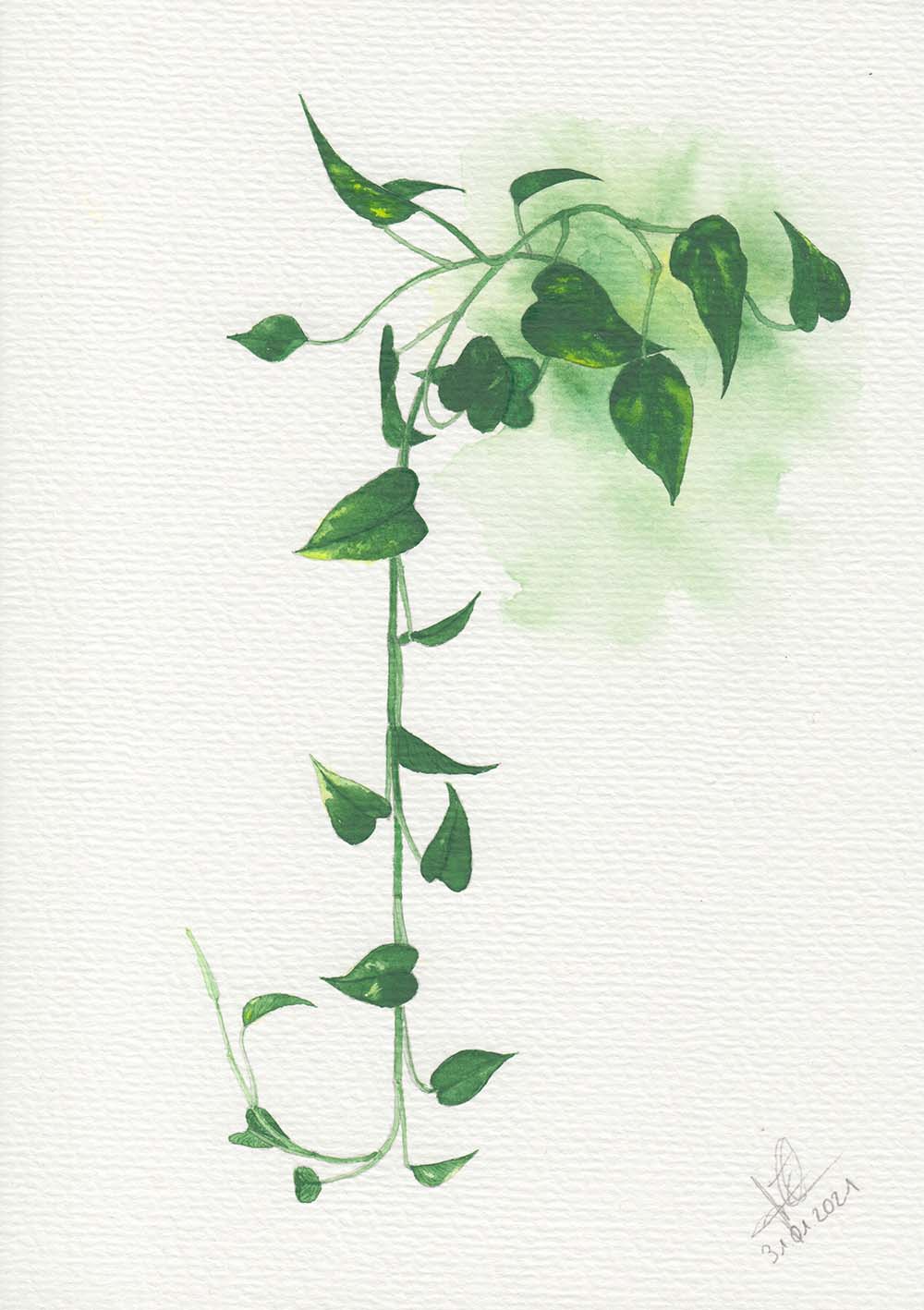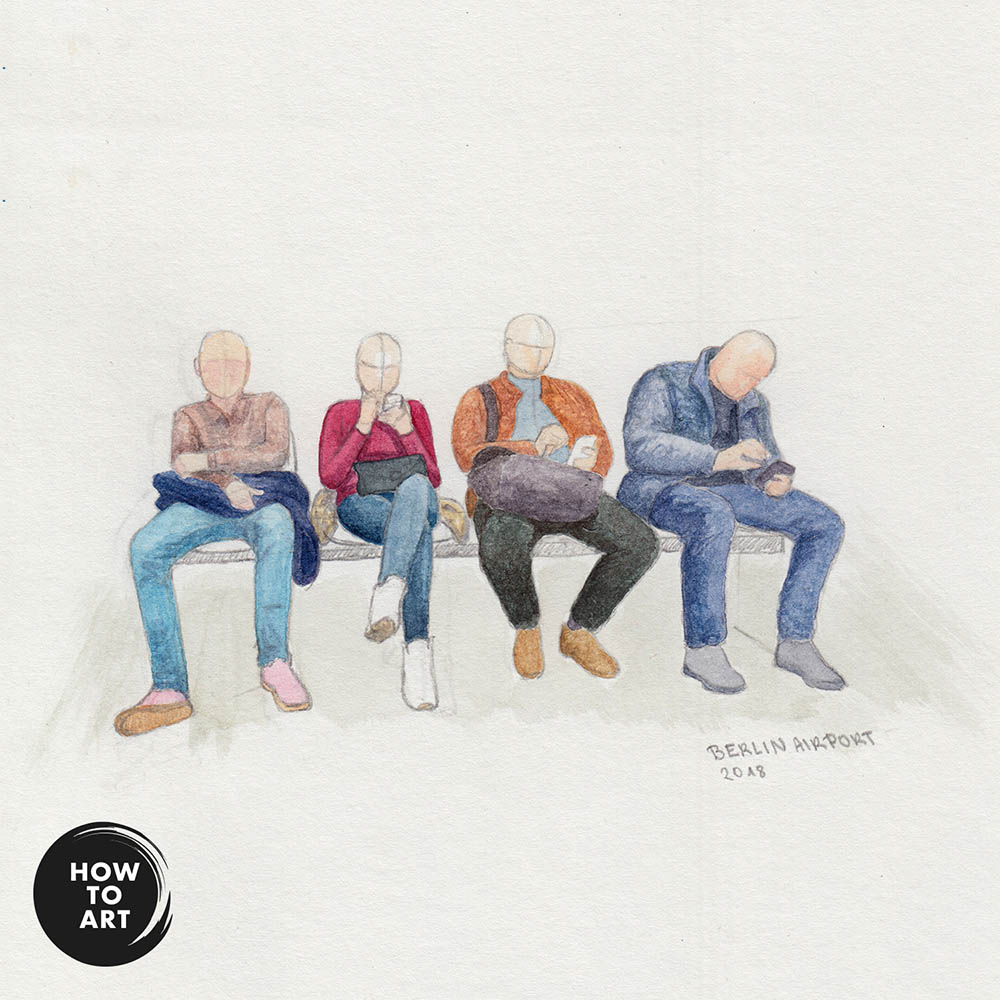
Watercolor Paints: What to Look out for
All you need to know about watercolor paints
Watercolor paints are one of the most versatile painting utensils available. They are suitable for beginners and students as well as for professional artists. In this article, you’ll learn more about the different types of watercolor paints so you can better decide for yourself which ones to add to your collection.
What are Watercolor Paints?
As the name suggests, watercolors are water-based paints that have a non-opaque appearance. The pigments are soluble in water and do not take long to dry after the paint is applied.
Watercolor paints are solid when dry and must first be moistened with water before painting. They can be used on paper, canvas, or other surfaces.
Fun fact: Painting with Watercolors is one of the oldest painting techniques and has been known since the time of the ancient Egyptians. Later on, great artists such as Albrecht Dürer, Emil Nolde, and Rembrandt used watercolors and created unforgettable works of art.
Hobby artists who love to paint also often use watercolors, because with the various techniques one can create truly impressive paintings.

What are Watercolors made of?
Watercolor paints usually consist of a pigment and a binder. Gum arabic, dextrins, or similar are often used as binders, although water-soluble resins can also be used. Watercolor paints are available in various packages, such as tubes, pans, or liquid form. In tube form, they have the advantage that they can be mixed very well with each other and with other painting materials. Watercolor paints in pans, on the other hand, are easy to transport and store.

How to Paint with Watercolors?
The right brushes are essential for successfully painting with watercolor. They have fine tips and can hold a lot of paint and water. Watercolor brushes come in a variety of sizes and sometimes fanned brushes or even sponges made of natural materials are used to allow for large-scale paint application or to dampen the paper.
The second important piece of equipment you need to be able to paint with watercolors is the right paper. I recommend using watercolor paper because it is absorbent and has texture. The paint can be absorbed well and is distributed on paper in the typical style of watercolor. Watercolor paintings can be painted on other surfaces such as wood, glass, or fabric. However, these must first be prepared with a primer.
In addition to watercolor paints in pans and tubes, there are also watercolor pencils. They not only look like colored pencils, you can use them just the same. The difference is that you can go over the strokes with a wet brush and they behave just like watercolor.
Mixing Watercolors
To mix watercolor paints, you can buy an extra mixing palette or use an old small plate. A lot of watercolor sets are built so that you can use the lid for mixing paints.
How Much Do Watercolor Paints Cost?
The price differences between the various manufacturers are mostly due to the pigment density of the watercolors. Expensive watercolor paints are usually more pigmented and therefore last much longer. With inexpensive watercolor paints, it’s the other way around.
If you are not sure whether watercolor painting is the right thing to do, you can start with a cheaper option.
Personally, I am a very big fan of the Schmincke brand and have bought many individual paint pots over the years. Schmincke belongs to the more expensive brands, but if you have a little extra money available, you can get the box with 12 different pans of colors. You will find a second empty rail there which you can fill up with 12 more additional colors one by one at a later time.
Are you ready to get started with watercolor? Check out my 4 ideas for easy watercolor paintings for beginners or browse my other posts for more inspiration.
Similar Posts